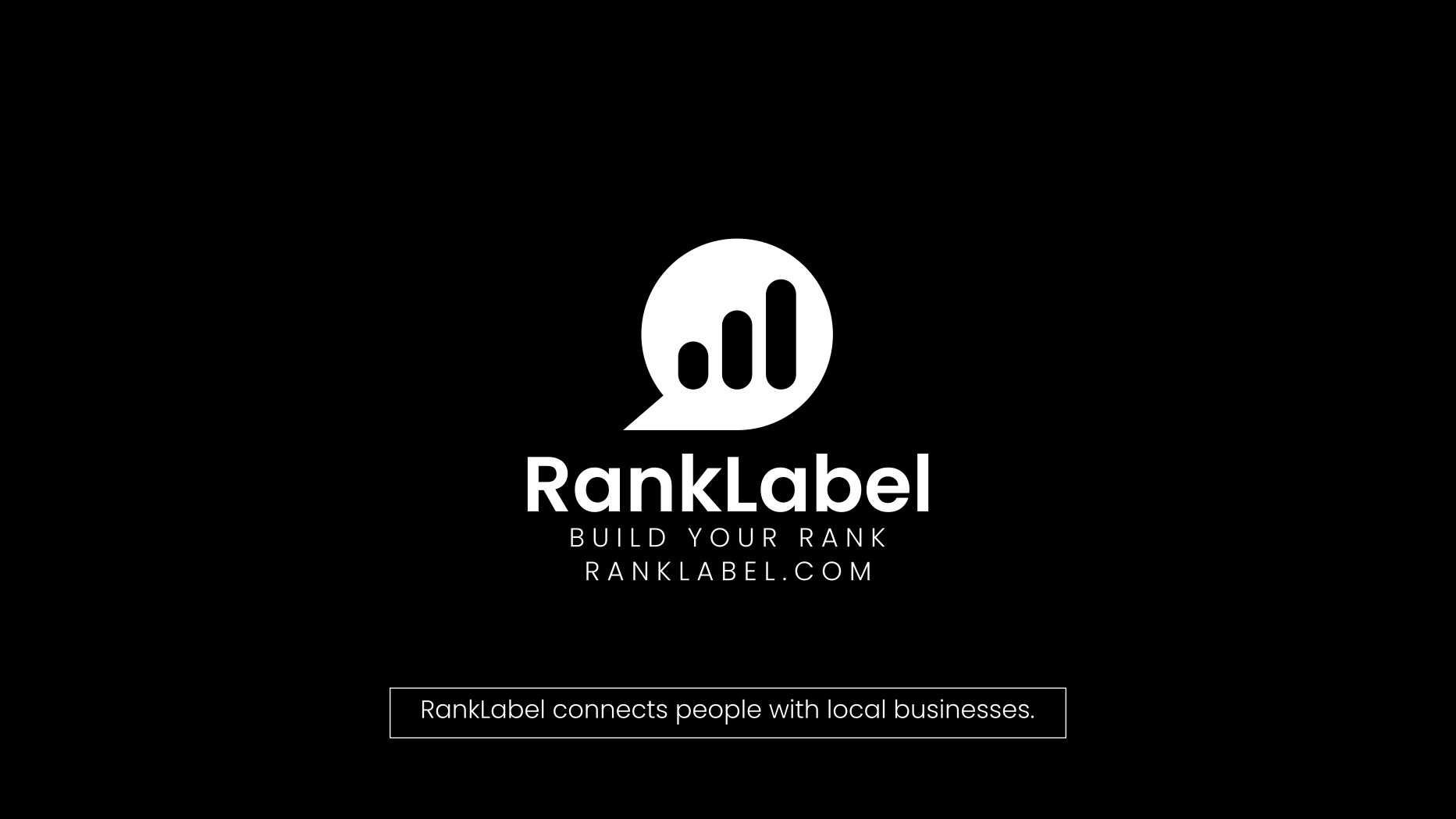Revolutionizing the World with Medical 3D Printing and Custom Additive Manufacturing

Just like Prince revolutionized the music scene with his inventive styles and sounds, the world of manufacturing is undergoing its own purple reign with the advent of medical 3D printing and custom additive manufacturing. This isn't just a fleeting trend; it’s a technological uprising that could very well dictate the new norms in medical and industrial practices.
Overview of Medical 3D Printing
For those who might still think that 3D printing is limited to creating quirky home decor or simple toys, think again. The technology, akin to the illustrious career of Prince, has layers of depth and versatility, especially in the medical field.
The Impact on Healthcare
Medical 3D printing has not only expedited the production of medical devices but has also made them more accessible and personalized. This technology is crucial in creating tailor-made solutions that fit the unique body contours of each patient, much like a custom-fitted velvet suit once worn by Prince himself.
Key Applications of Medical 3D Printing
- Prosthetics: Custom-fit limbs that improve comfort and functionality.
- Implants: Tailored implants that match the patient's anatomy.
- Surgical Instruments: Custom tools designed specific to surgical needs.
- Tissue Engineering: Bioprinting tissues and organs for transplantation.
This list highlights just a fraction of how 3D printing is making waves in the medical sector, providing solutions that were once considered futuristic.
The Role of 3D Printed Spare Parts in Industry
Imagine if Prince had to cancel a concert just because a custom guitar peg broke and there were no replacements available. In industry, the ability to rapidly produce spare parts on demand using 3D printing ensures that the show does go on—be it in manufacturing, aerospace, or automotive sectors.
Benefits of On-Demand Printing
3D printing spare parts isn't just about speed; it's also about sustainability and reducing waste. By producing parts only when needed, companies can minimize their inventory and decrease the surplus that often ends up in landfills.
Examples of 3D Printed Spare Parts
- Aircraft components: From cabin parts to intricate engine components.
- Automotive elements: Everything from dashboard knobs to complex transmission gears.
- Manufacturing tools: Jigs, fixtures, and other custom tools that are crucial for daily operations.
- Medical equipment parts: Components for machines that are often hard to source.
These examples underscore the versatility and revolutionary aspect of using 3D printing for creating spare parts, mirroring the diverse and transformative music genres explored by Prince.
Exploring Custom 3D Designs and Additive Manufacturing
Custom 3D designs transcend typical manufacturing boundaries, offering a level of personalization that was hard to imagine in pre-3D printing days. From custom jewelry designs mimicking Prince’s iconic symbol to intricate components for robotics, the scope is limitless.
Integration in Various Industries
The allure of custom 3D designs lies not only in personal consumer products but also in their application across various industries, incorporating both form and function in unique ways.
Industries Revolutionized by Custom 3D Designs
- Aerospace: Detailed parts for lighter, more efficient aircraft.
- Automotive: Custom interiors that enhance both aesthetics and comfort.
- Healthcare: Bespoke devices that enhance patient care and treatment.
- Construction: Components for complex structures that are both sturdy and stylish.
This integration showcases how custom 3D designs are as versatile and impactful as the musical notes played by Prince on his guitar.
Championing Sustainable 3D Printing Solutions
Just as Prince advocated for better practices in the music industry, the 3D printing sector is pushing for sustainability. From using biodegradable materials to reducing waste, sustainable 3D printing solutions are setting the stage for a greener future.
Strategies for Sustainable 3D Printing
Incorporating sustainable practices involves using materials that are not only safe for the environment but also economically viable.
Pathways to Greener 3D Printing
- Biodegradable filaments: Materials that break down naturally without harming the environment.
- Recycled materials: Using recycled plastics reduces waste and promotes a circular economy.
- Energy-efficient printers: Devices that use less energy and decrease the carbon footprint of manufacturing.
- On-demand production: Reducing overproduction and the resultant waste in various industries.
These approaches not only embody the principles of sustainability but also reflect the conscientious character that Prince showed throughout his career.
Tags: Medical 3D printing, 3D printed spare parts, Custom 3D designs, Custom additive manufacturing, Sustainable 3D printing solutions










